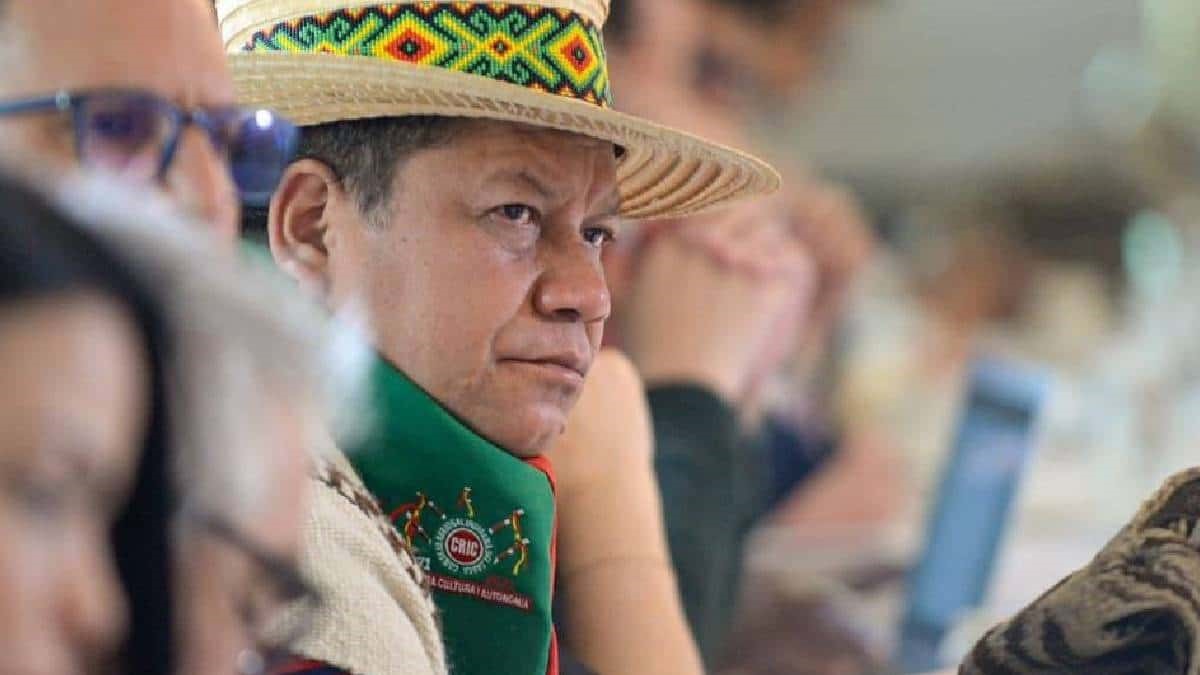Colombia: The Long Road to Land Restitution

There are no databases that demonstrate the true magnitude of land dispossession in Colombia. In its final report, the Truth Commission indicates that between 1995 and 2004 alone, more than 8 million hectares were dispossessed or abandoned. This phenomenon has not only meant an agrarian counter-reform but has also facilitated the implementation of a model of accumulation by dispossession that has maintained high levels of land concentration and poverty.
Since the agricultural censuses of 1960 and 1970, an increase in the concentration of land has been recorded: by 1960 farms with more than 500 hectares occupied 29% of the land, in 2002 the figure rose to 46%, and in 2017 the number climbed to 66%. Colombia is the country with the highest concentration of land ownership in Latin America:1
- 1% of the largest farms have 81% of the land in their possession, and the remaining 19% is distributed among 99% of the farms.
- 0.1% of farms that exceed 2,000 hectares occupy 60% of the land.
- Agricultural production units of less than 10 hectares represent 81% of all farms (1,658,450) and occupy less than 5% of the registered area at the national level (3.4 million hectares).2
One of the first instruments in which the phenomenon of dispossession in Colombia was institutionally recognized was Law 1448 of 2011. Known as the Victims’ Law, it is a public policy that aims to advance the restitution of land. The validity of this regulation has had to be extended until 2031, one more decade than initially established due to the meager progress in the first 10 years of its implementation.
It is estimated that, since its enactment in 2011, only 536,148 hectares of land have been restituted, which represents less than 10% progress towards the restitution goal of 6 million hectares in 10 years. Of the total land returned, 67% corresponds to the ethnic route.3
Obstacles in the restitution process have been related not only to the security conditions of claimants and judicial/administrative officials but also to administrative obstacles. Since 2011, 65% of land claimants have been rejected, without being informed what were the reasons for rejecting the applications.
Since the Law was implemented, only 7,166 judgments have been handed down, without this being a guarantee that the properties will be returned or that the court order will be complied with. The degree of compliance with the orders issued by judges and magistrates is unknown because some entities do not report information.
Today the land restitution policy of Law 1448 includes Points 1 (Comprehensive Rural Reform) and 5 (Reparation to victims) of the Peace Agreement and faces the same problems in terms of financing and political will for its implementation.
The new government is expected to unblock the process of land restitution to the victims of the armed conflict in the country. The naming of Giovanny Yule, a Nasa indigenous leader who has participated in land recovery processes, as the new director of the Land Restitution Unit, is the first sign of political will.
1 OXFAM (2017). Radiografía de la desigualdad rural.
2 Construir la paz y cuidar la vida. Recomendaciones para el Plan Nacional de Desarrollo 2022-2026. Available at: http://iepri.unal.edu.co/fileadmin/user_upload/iepri_content/Centro_de_Pensamiento_Region_Nacion/2022/Construir_la_paz_y_cuidar_la_vida_2.pdf
3 VIII Informe de Seguimiento. Comisión de Seguimiento y monitoreo a la Ley de víctimas y restitución de tierras. Ley 1448 de 2011.
